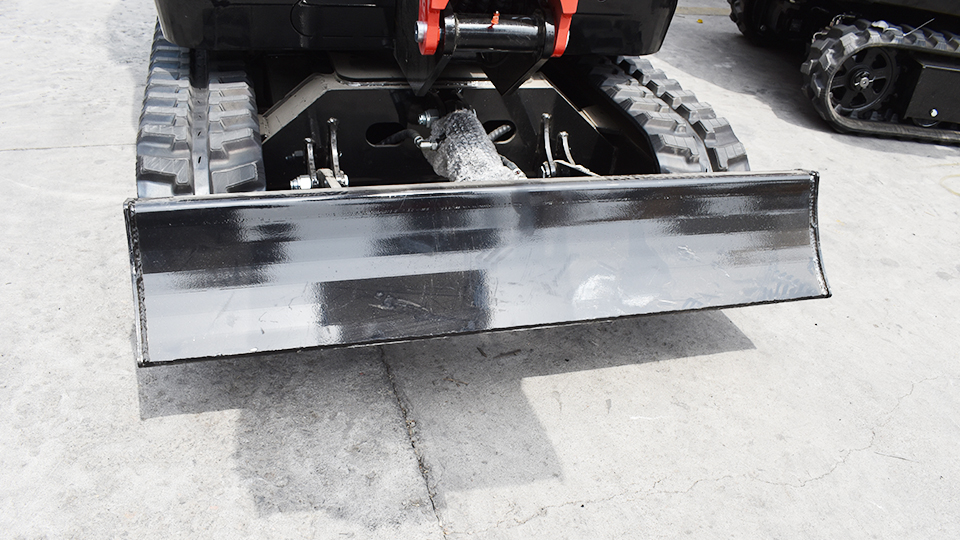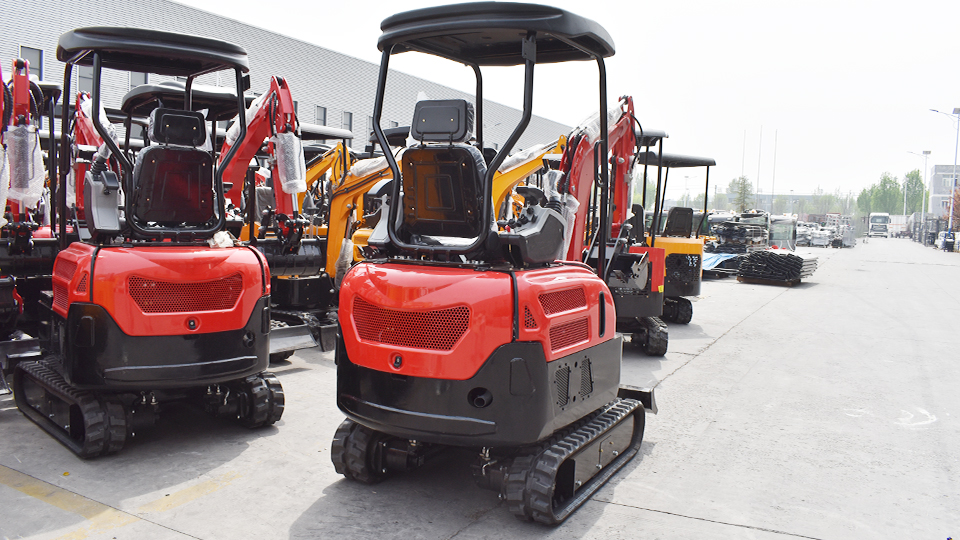Maintaining and servicing an excavator bucket is crucial for ensuring its longevity, operational efficiency, and overall performance. Given the harsh conditions under which these machines operate, regular maintenance can significantly reduce wear and tear, prevent costly repairs, and enhance safety. This article will provide a detailed guide on how to properly maintain and service an excavator bucket, covering everything from daily inspections to more thorough servicing procedures.
Importance of Regular Maintenance
Regular maintenance of an excavator bucket is not just about keeping it functional; it's about maximizing its lifespan and ensuring that it operates at peak efficiency. An improperly maintained bucket can lead to increased wear and tear, reduced productivity, and even pose safety risks to operators and those around the machinery. By adhering to a strict maintenance schedule, you can avoid these issues and keep your equipment running smoothly.
Daily Inspection Routine
A daily inspection routine is the first step towards maintaining an excavation contractors bucket. Before starting any operation, operators should conduct a visual check to identify any obvious signs of damage or wear. Key areas to inspect include:

Cutting Edges: Check for wear and sharpness. Dull edges can decrease digging efficiency.
Teeth and Adapters: Inspect for wear, cracks, or missing parts. Replace worn-out teeth to maintain cutting effectiveness.
Welds and Pins: Look for cracks or loose connections which could indicate structural weakness.
Bucket Shell: Assess for dents, cracks, or other forms of damage that could compromise the bucket’s integrity.
These inspections help in identifying minor issues before they escalate into major problems.
Cleaning Methods
After each use, it's important to clean the bucket thoroughly. Accumulated dirt and debris can accelerate wear and make it harder to spot potential issues during inspections. Here are some effective cleaning methods:
High-Pressure Water Washing: Use a high-pressure washer to remove mud, clay, and other residues that might have accumulated during operation.
Manual Scraping: For stubborn materials like hardened mud or concrete, manual scraping with appropriate tools may be necessary.
Drying: After washing, ensure the bucket is dried to prevent rust and corrosion.
Lubrication Techniques
Proper lubrication is key to minimizing friction between moving parts, thereby extending the life of the bucket. Focus on lubricating:
Pins and Bushings: Apply grease regularly to pins and bushings to ensure smooth movement and reduce wear.
Rotational Parts: Ensure all rotational components are well-lubricated to prevent premature failure.
Use of High-Quality Lubricants: Always use lubricants recommended by the manufacturer to achieve the best results.
Replacement Parts
Over time, certain parts of the bucket will need to be replaced due to wear and tear. Common replacement parts include:
Teeth and Adapters: These are often the first to wear out and should be replaced as soon as they show signs of wear.
Cutting Edges: Sharp cutting edges are vital for efficient digging. Replace them when they become dull.
Wear Strips and Plates: These protect critical areas of the bucket and should be replaced when they show significant wear.
Using genuine parts from the original equipment manufacturer (OEM) ensures compatibility and maintains the bucket’s performance standards.

Operational Efficiency Checks
To maximize the efficiency of your excavator bucket, consider the following:
Match the Bucket to the Job: Using the right bucket size and type for the job can significantly improve efficiency.
Adjust Digging Techniques: Train operators on proper digging techniques to minimize stress on the bucket and extend its life.
Monitor Performance: Keep track of the bucket’s performance over time to identify trends and address any issues promptly.
Safety Checks
Safety should always be a priority. Regular safety checks include:
Inspect for Structural Integrity: Look for cracks or deformations that could lead to catastrophic failure.
Ensure All Components Are Secure: Loose parts can fly off during operation, posing serious safety risks.
Train Operators: Ensure all operators are trained in safe operating practices and understand the importance of maintaining the bucket.
Maintenance Scheduling
Developing a maintenance schedule tailored to your specific needs is essential. This schedule should outline routine inspections, cleaning, lubrication, and part replacements based on usage and manufacturer recommendations. Keeping detailed records of all maintenance activities can help in tracking the bucket’s condition and predicting future maintenance needs.
Conclusion
Proper maintenance and servicing of an excavator bucket are vital for ensuring its longevity, operational efficiency, and safety. By implementing a structured maintenance plan that includes daily inspections, thorough cleaning, regular lubrication, timely part replacements, and safety checks, you can significantly extend the life of your bucket and avoid costly downtimes. Remember, proactive maintenance is always cheaper and more effective than reactive repairs. With careful attention and adherence to best practices, your excavator bucket will serve you reliably for years to come.
Post time:Sep-25-2020
